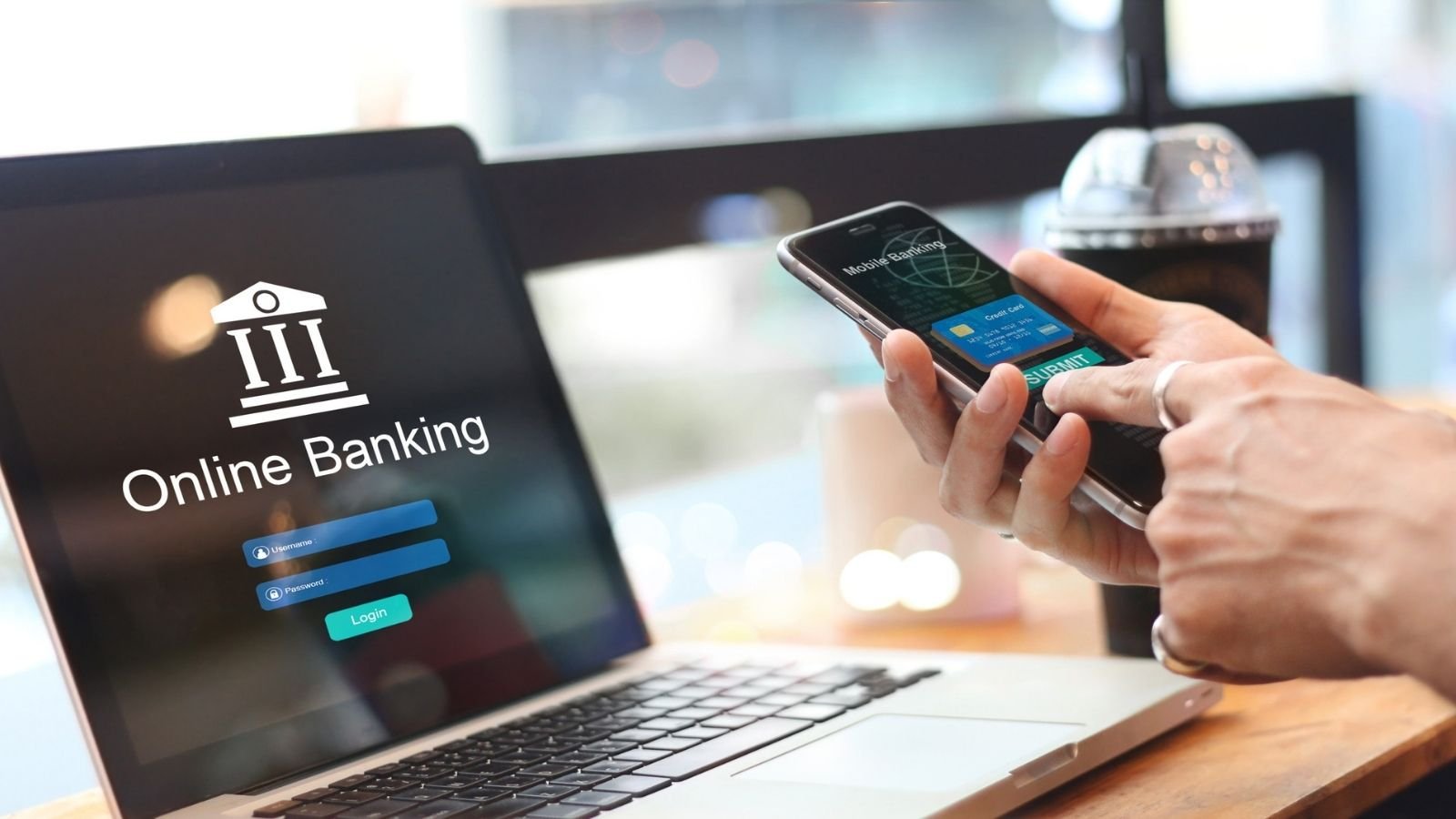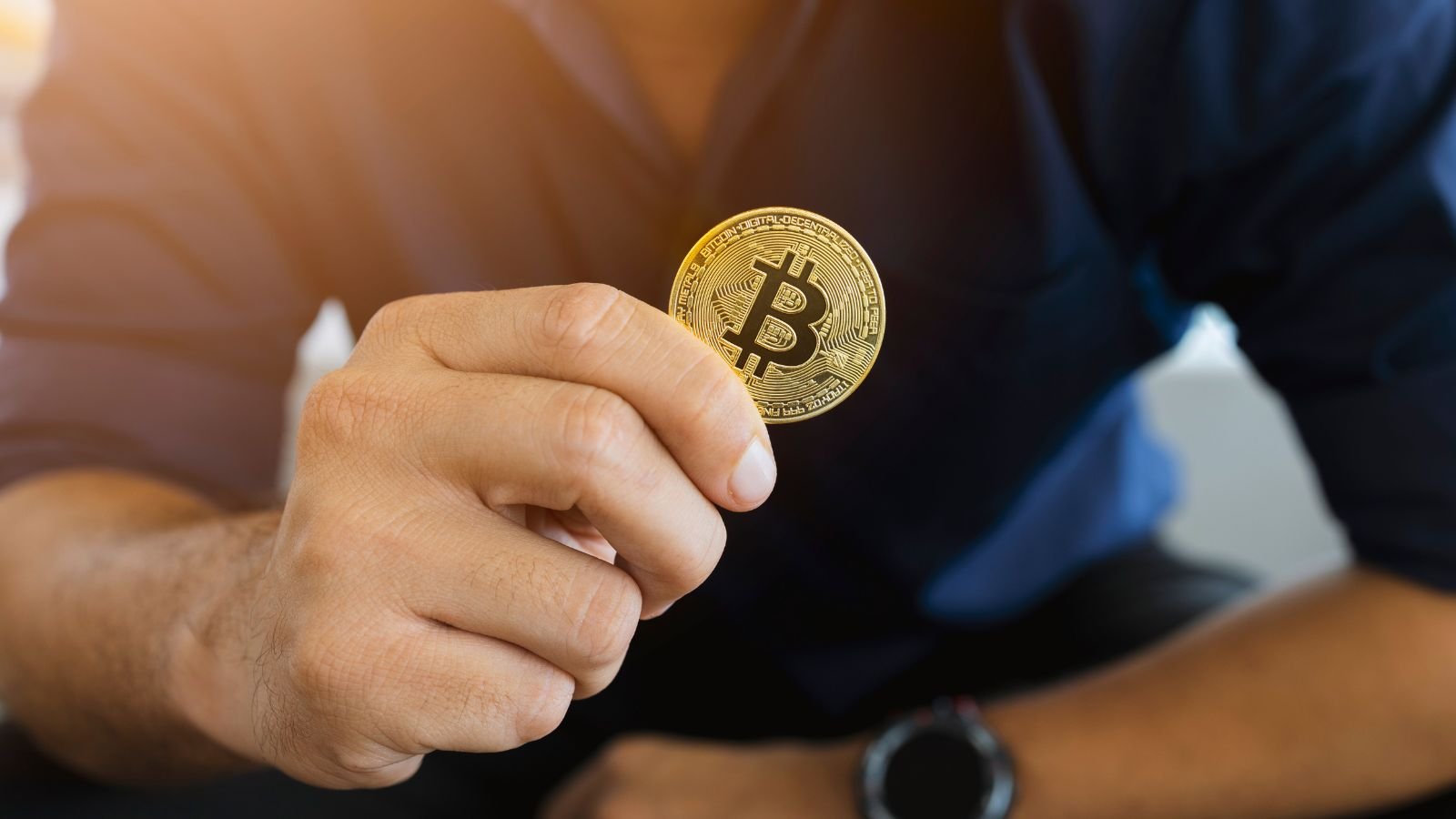Paper checks have traditionally been the most common payment method in the United States. However, recent years have witnessed a decline in their usage. According to the 2022 AFP Payments Cost Benchmarking Survey, check volumes have reduced by approximately half since 2015. A Federal Reserve Payments Study 2022 highlighted that check payment usage has dropped 7.2% since 2018. GOBankingRates polling found that 44.5% of Americans had yet to write a physical check in 2022.
Paper check transactions have high processing costs, take a long time to get paid, and are prone to fraud. Hence, most Americans are now switching from physical checks to other payment methods listed below.
Cash

A YouGov poll shows that 67% of Americans prefer cash for in-store purchases. Cash is a good payment option over checks for small ticket items.
Online Banking

Online banking, commonly known as internet banking, helps you manage payments through your bank accounts. You can pay bills or transfer money between accounts by logging into your credentials on a smartphone or a computer.
ACH Transfers

Automated Clearing House (ACH) transfer is an electronic mechanism for transferring funds from one bank to another. Americans use this facility for bill payments, direct deposits, or B2B transactions. ACH transfers accounted for 30 billion payments in 2022, doubling between 2015 and 2022.
ACH transfers usually take 1-3 business days to process, unlike paper checks, which can take up to a week, depending on several factors.
Wire Transfer

You can use wire transfers to transmit a large sum of money electronically, locally or internationally, to a person who uses a different bank. The process usually takes 2-3 days, and you pay a fee.
Debit Cards

93% of Americans owned a debit card in 2021. A debit card is handy for quick cash access and avoiding merchant fees. It also helps manage finances better because you can spend on purchases only to the extent of the amount in the bank account. Hence, the chances of falling into a debt trap are slim.
Debit card transactions are faster than writing paper checks.
Credit Cards

82% of Americans had a credit card in 2022 and used it to make purchases worth $10.4 trillion. 54% of people use credit cards for online purchases, followed by debit cards, PayPal, gift cards, and Buy Now Pay Later (BNPL).
Credit cards offer reward programs and build your credit if you use them wisely instead of overspending. There is no reward point system with physical checks.
Digital Wallets

The usage of digital wallets or e-wallets has soared after the COVID-19 pandemic. According to the Forbes Advisor Survey, 53% of Americans use digital wallets more than traditional methods.
Google Pay, Apple Pay, and Samsung are the most preferred modes of cashless or checkless transactions. Once you load your credit or debit card into the digital wallet app, you can use it conveniently anywhere by scanning QR codes. Digital wallets eliminate the need to carry cash or checks. You can pay through digital wallets for in-store purchases, make hotel or airline reservations, book cabs, etc. Since they are encrypted, they are safer than other payment modes.
P2P Apps

Peer-to-peer payment apps work similarly to digital wallets. PayPal, Venmo, Cash App, and Zelle are a few examples of P2P apps. They are generally used for money transfers between individuals or splitting bills for small amounts.
A study finds that millennials and Gen Z are more enthu
siastic about using P2P apps.
Virtual Cards

Virtual cards are the digital version of credit cards. The virtual card company generates a 16-digit number with an expiry date and CVC. You can activate it as soon as you receive it. They save you from carrying checks, cash, or plastic cards.
Examples of virtual cards are Shopify, Mesh, Roofstock, Chime, and Privacy. Some virtual cards expire immediately after a single payment.
Cryptocurrency

This mode of payment may not be mainstream yet, but it is touted as the future of money. A Federal Reserve survey states that 7% of Americans held or used cryptocurrency in 2023. 2% made a financial transaction with cryptocurrency, and 1% used it to send money to family or friends.
Some companies, such as AT&T and Microsoft, accept cryptocurrency for selected services and products. Before using cryptocurrency as a mode of payment, it is advisable to do adequate research and gather knowledge about cryptocurrency investment and trading.
